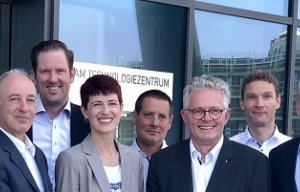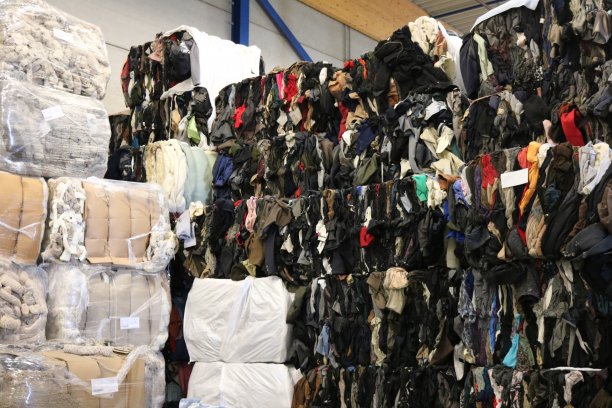
Thermoplastic composites research consortium launched
Process has highlighted challenges and opportunities for the future of closed-loop end-of-life solutions in textiles.

28th July 2022
Innovation in Textiles
|
Europe
Halfway through its scheduled three-year programme, the EU-funded New Cotton Project is preparing for commercial runs of adidas and H&M garments based on Infinited Fiber’s Infinna fibre this autumn.
The pioneering garments will be the first to be produced through the 12-member collaborative consortium which launched in 2020 and is dedicated to demonstrating the potential of a circular model for commercial garment production.
The project’s mid-way point sees the consortium celebrate the successful implementation of the entire value chain, from textile sorting to the production of garment samples. The textile sorting and mechanical processing phase of the project has been completed by Frankenhuis, which analysed the fabric composition of sorted textiles and explored pre-processing techniques to identify the correct feedstocks for Infinited. These initial steps were supported by REvolve Waste, which is mapping the location and content of textile waste across Europe.
Scientific institute Xamk has optimised the pre-treatment process for scale while Infinited utilised its unique technology to produce regenerated Infinna. The initial batches were processed by manufacturers Kipas, Inovafil and Tekstina to test and produce high-value yarns and fabric in order to run quality checks and test dyeability, which has yielded highly positive results. Adidas and H&M successfully tested and developed styles made with the fabric and are now preparing for the commercial production runs.
Through-out the process Aalto University has worked to blueprint the material flow and produce the consortium’s first white paper exploring the value of implementing the circular economy within the fashion industry.
The process to date has highlighted a number of challenges and opportunities for the future of closed-loop end-of-life solutions in textiles:
- Sorting for recycling is a key to empowering circularity within the industry, but there are many challenges and opportunities in this process. Fibre identification technologies have limitations and there is a lack of a unified way to sort. With a unified system, feedstocks will be more consistent and make the best use of the current technology.
- Mandatory reporting requirements for fibre composition in textile products help to assess the recyclability of materials on the market in a more reliable way.
- Designing for circularity and end-of-life solutions is another key – the recyclability of a textile product is determined at the design phase and elastane use, multiple layers of different textiles and unnecessary fibre blends should be minimised.
- New ways of communicating and working through-out the value chain need to be implemented to build closer collaboration between designers, sorting facilities and recycling technologies.
The New Cotton Project is a test and learn process that offers an insightful example of how this new way of working has the potential to empower transition towards circular practices. Adidas and H&M have designed their capsule garments following insights shared from key stakeholders in the value chain, ensuring the pieces have an end-of-life solution.

Business intelligence for the fibre, textiles and apparel industries: technologies, innovations, markets, investments, trade policy, sourcing, strategy...
Find out more